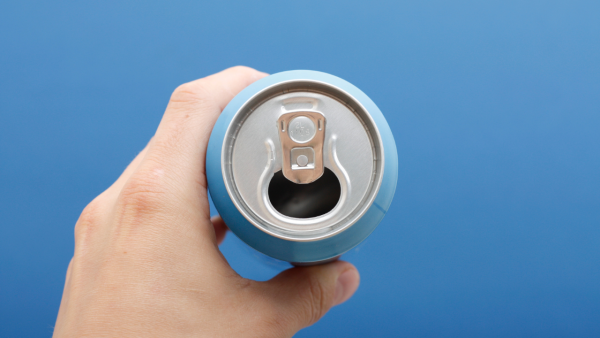
Do you drink beer or cola straight out of a can? This habit can lead you to a fatal disease. Health experts warn against drinking directly from beverage cans due to potential contamination risks and health hazards. Unwashed cans stored in warehouses can be exposed to rat urine and feces, potentially causing serious infections like leptospirosis, while medical experts point out additional risks from chemicals and sharp edges.
During storage and transportation, beverage cans can become contaminated with various harmful substances. These containers are rarely cleaned before being served to consumers, increasing the risk of exposure to dangerous pathogens. Cans are stored in warehouses and are rarely washed or cleaned before being served to you. During storage, they may have rats running over them, covering some of them in urine or feces. Ingesting this by mistake can cause leptospirosis.

The Centers for Disease Control and Prevention note that leptospirosis, caused by bacteria of the genus Leptospira, affects both humans and animals. The organization states that while some infected people may show no symptoms, others can experience various health issues.
Mild symptoms include headaches, fever, abdominal pain, diarrhea, or there might be severe issues resulting in kidney or liver damage, respiratory diseases, or more, suggesting people should wash cans, wipe them clean with a wet cloth, or use a straw. It's better to use a glass or a straw instead to avoid these risks.
There are three main risks of drinking directly from cans. First, contamination from germs, bacteria, and dirt during transportation, storage, or handling can lead to infections or illnesses. Second, chemicals like Bisphenol A (BPA) in can linings may leach into drinks and disrupt hormones. Finally, sharp can edges pose a risk of cutting lips or mouth, potentially causing bleeding or infections.
Experts recommend using straws or pouring beverages into glasses as safer alternatives to drinking directly from cans. These simple precautions can help avoid potential health risks associated with contaminated can surfaces.

